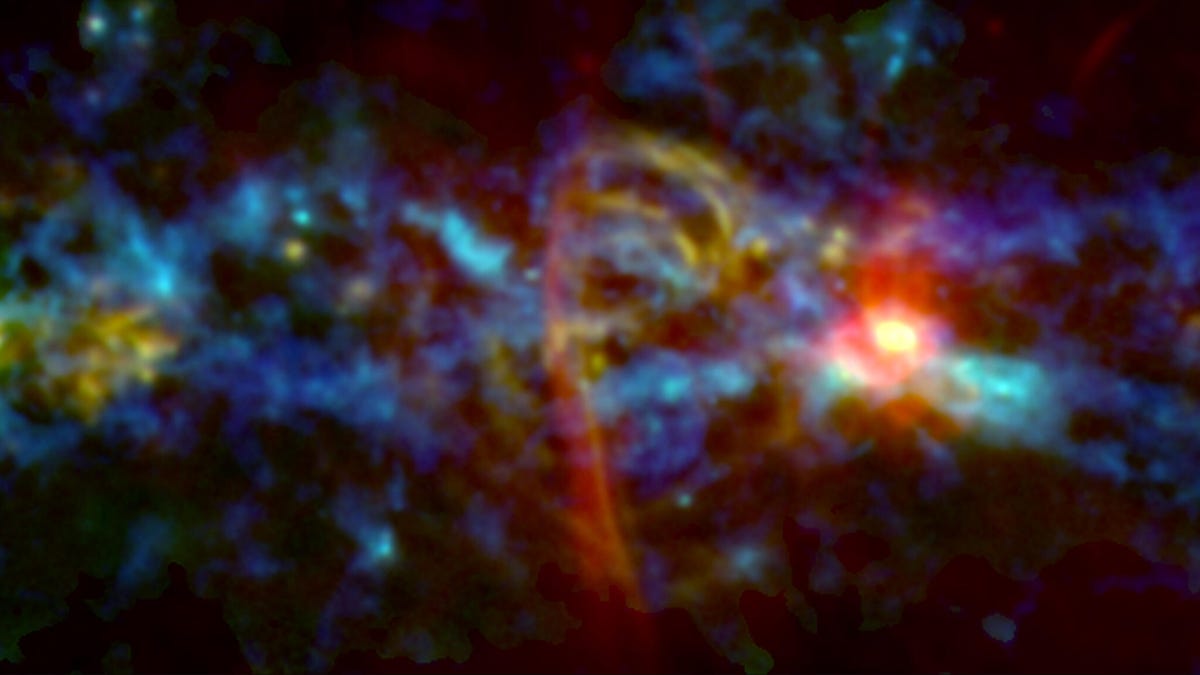Time might be running out for alien life in the Milky Way
New research suggests that older planets like Earth with active plate tectonics might be as good as it gets for life to evolve.

A composite image of the Milky Way's central zone.
It could be that the chances for life to exist in our galaxy are as good right now as they'll ever be.
That's one of the conclusions reached by researchers from Australia who used computer models to look at the likelihood that planets in our galaxy develop plate tectonics, which can help with the evolution of life.
"Plate tectonics is important for habitability, and it looks like the optimum conditions for plate tectonics existed for planets forming early in the galaxy's lifespan, and may be unlikely to easily recur," explained professor Craig O'Neill from Macquarie University in a virtual presentation at the Goldschmidt geochemistry conference Monday. "For life, maybe that was as good as it gets."
To the layperson it may not be immediately obvious how the movements of giant plates around the level of a planet's crust help foster life. O'Neill says plate tectonics on Earth act as a sort of thermostat for our planet and that worlds that haven't developed plate tectonics may also lack the conditions for life to evolve.
"This doesn't just affect the surface temperature, this means that the core stays hot, which inhibits the development of a magnetic field. If there's no magnetic field, the planet is not shielded from solar radiation, and will tend to lose its atmosphere. So life becomes difficult to sustain. A planet needs to be lucky to have the right position and the right geochemistry at the right time if it's going to sustain life."
O'Neill goes on to reiterate that such luck may be running out in our corner of the cosmos.
"So the planets which formed earlier did so in conditions favorable to allow the development of life... These conditions are becoming increasingly rarer in our galaxy."
This means that, if a planet hasn't developed some dynamic geology by now, it may be too late.
This doesn't necessarily mean that we're going to be alone in the universe forever because younger planets may be less likely to host life. If being an older world really is a prerequisite for life to evolve, that means that most of the potentially habitable planets out there are also those that have had a healthy dose of another prerequisite for complex life to develop -- time.
It's hard to extrapolate much from this finding, which is based on computer models of the chemical composition of the cosmos over eons. But it suggests a universe that's becoming more barren.
Or, looked at another way, perhaps ours is a universe that's just beginning to ripen.

